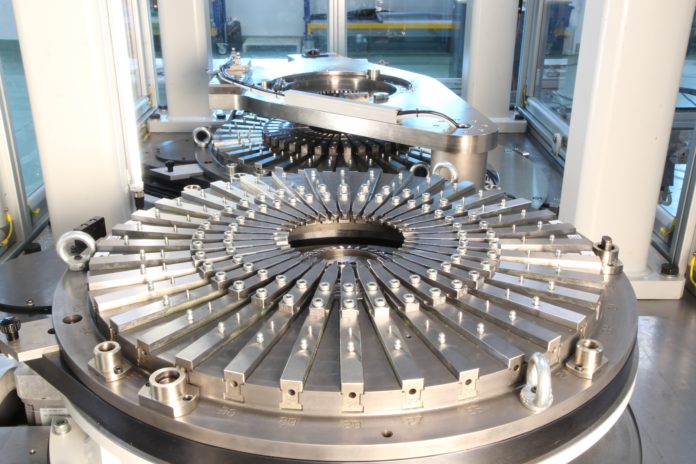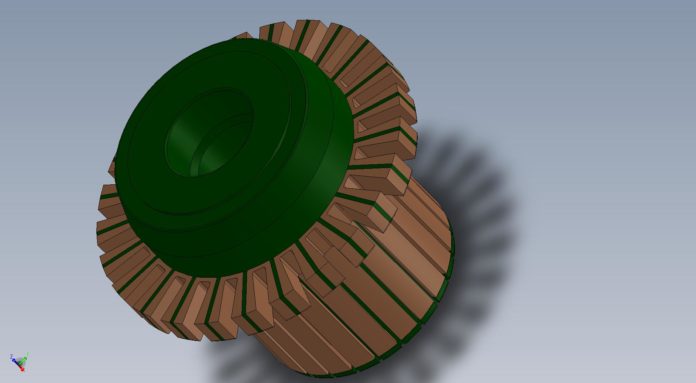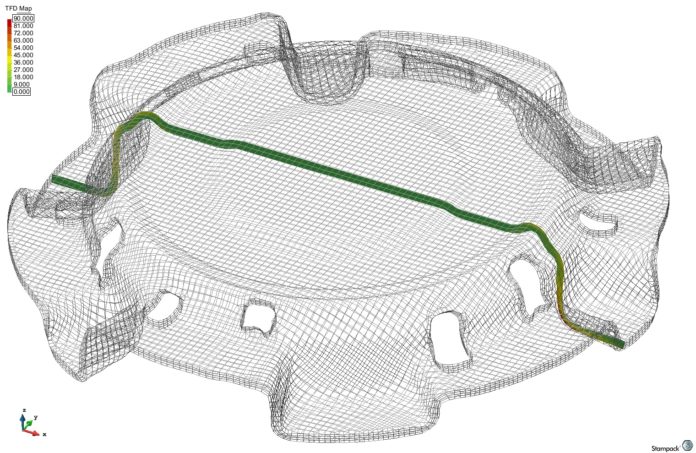At the end of January 2017, GROB acquired 100 percent shares in DMG meccanica, substantially reinforcing the competences and developments in electro mobility, which it has been developing for several years. The technologies of DMG meccanica and the new processes developed by GROB will now enable GROB to provide all the vital manufacturing processes and procedures in electric drives for the automotive industry and its suppliers worldwide, and also to supply them for series production in the near future. DMG meccanica has many years of specialization and experience in machinery and plant manufacture for the production of stators for electric motors, alternators andgenerators. The technological know-how is based on the tried-and-tested winding process of inserting technology and needle winding.
Most of the machinery and plant of DMG meccanica is used directly in the automotive industry. GROB develops and tests new processes, developed specially for the series production of stators for electric motors in electric vehicles, in its own development department. The future cooperation is therefore a win-win situation for both companies. GROB has secured further know-how in the field of electro mobility and DMG meccanica has found in GROB a strong, globally- oriented partner for series production. Further investments to expand these technologies in the field of electro mobility are planned at both sites in Turin and Mindelheim.

Mauro Marzolla and the father of Marco Debilio founded DMG meccanica in 1992 from a spin-off of one of the leading Italian providers of winding machines for electric motors. In 2016, their company with a workforce of forty employees achieved a total turnover of ten million Euro. Their customer portfolio includes many well-known electric motor manufacturers and suppliers to the automotive industry. DMG meccanica is particularly well-represented in the important e-mobility market of China. Owners Mauro Marzolla and Marco Debilio will stay with the company in future and will continue to be co-CEO´s of DMG meccanica. In addition, DMG meccanica will remain an independent company within the GROB-Group, and all jobs in Italy will of course be retained.
A leading machine tool manufacturer
GROB-WERKE is an internationally active family company based in the Bavarian-Swabian town of Mindelheim, with a product portfolio ranging from universal machining centers to highly complex manufacturing systems including automation, and from machining assembly units to fully-automated assembly lines. GROB is one of the few machine tool manufacturers that produces and supplies both machining and assembly equipment. Since the production of electric motors demands special assembly know-how, it was logical for GROB to seek a competent partner from the field of electric motor technology. Its takeover of DMG meccanica enables GROB to emphasize more than ever its claim in drive technology to be a leading and reliable partner for the automotive industry.

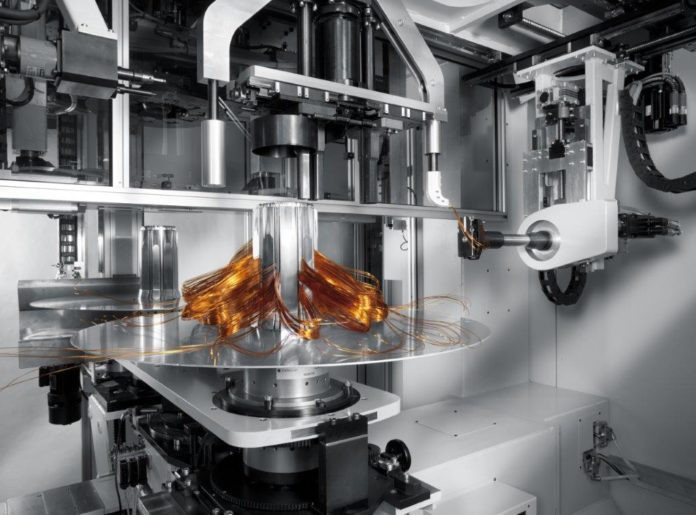
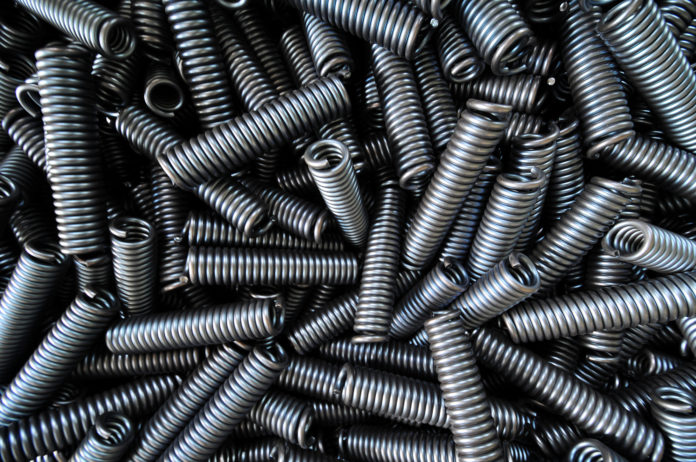






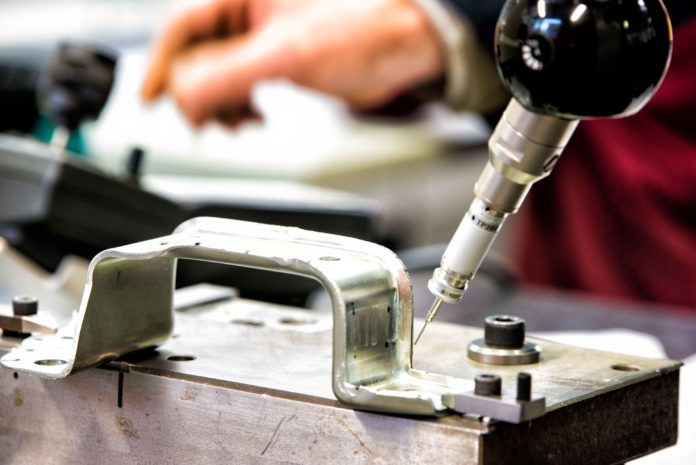


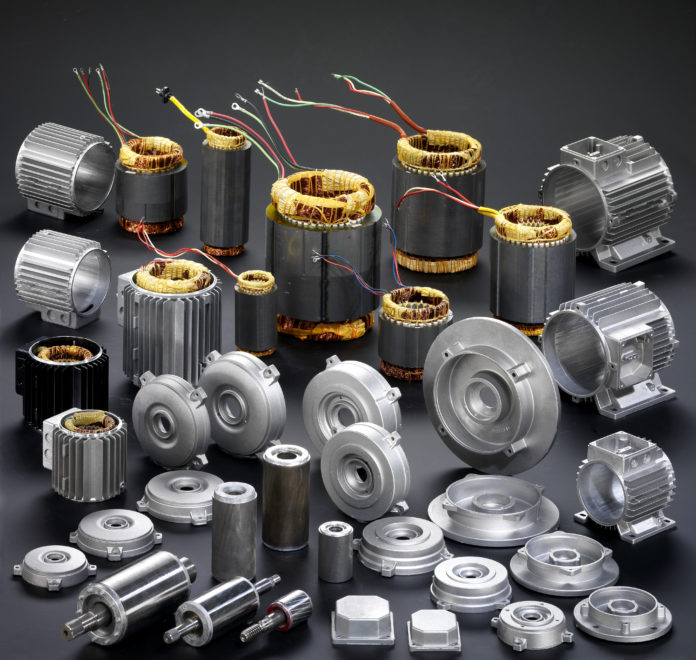

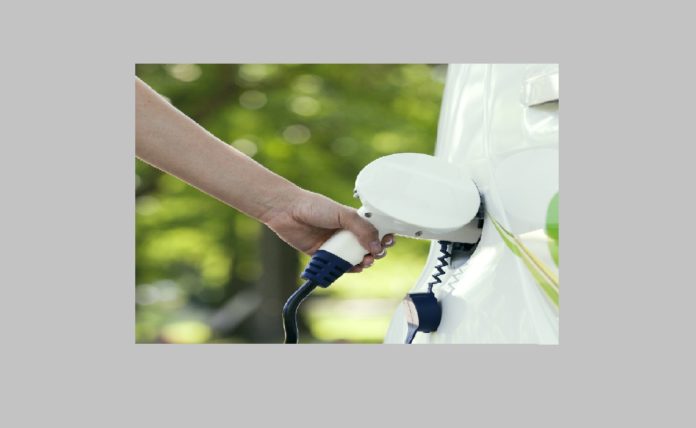
 In this context, the differentiating element for Bluergo is the capability of representing not only a mere winding supplier but a real qualified partner, a “problem solver” company able to supply complete packages, suiting its customers’ needs: from the technical feasibility analysis to the co-design and virtual prototyping activity, from the fast-sampling of samples to the design and implementation of facilities for mass-production.
In this context, the differentiating element for Bluergo is the capability of representing not only a mere winding supplier but a real qualified partner, a “problem solver” company able to supply complete packages, suiting its customers’ needs: from the technical feasibility analysis to the co-design and virtual prototyping activity, from the fast-sampling of samples to the design and implementation of facilities for mass-production.